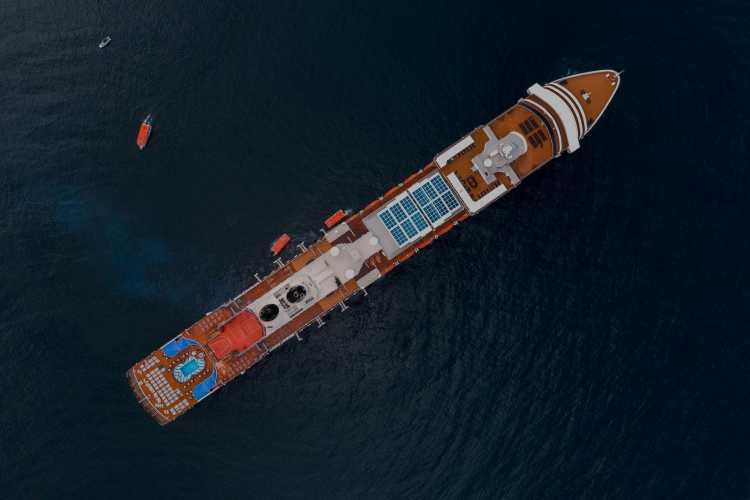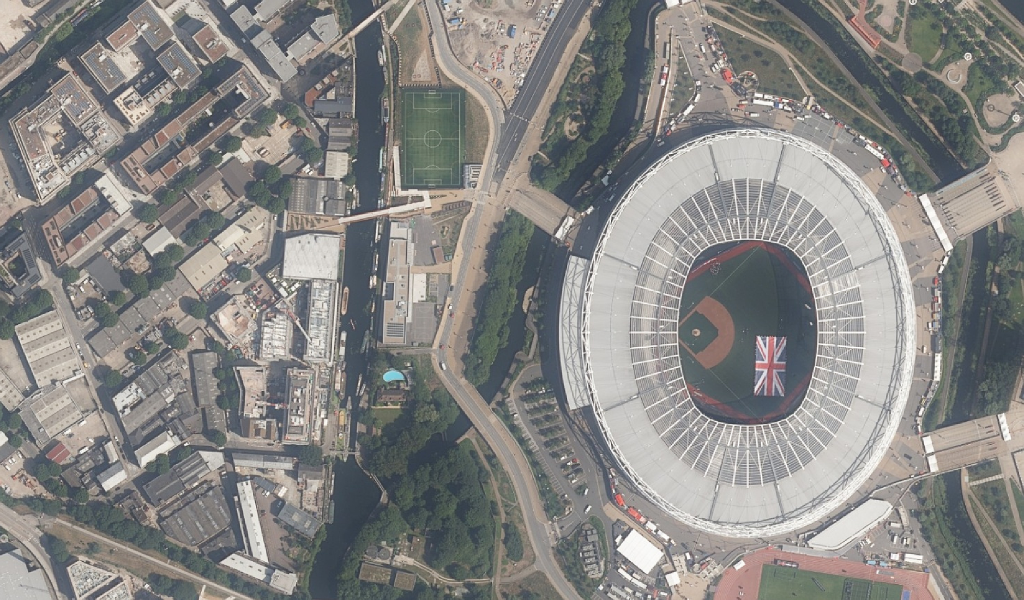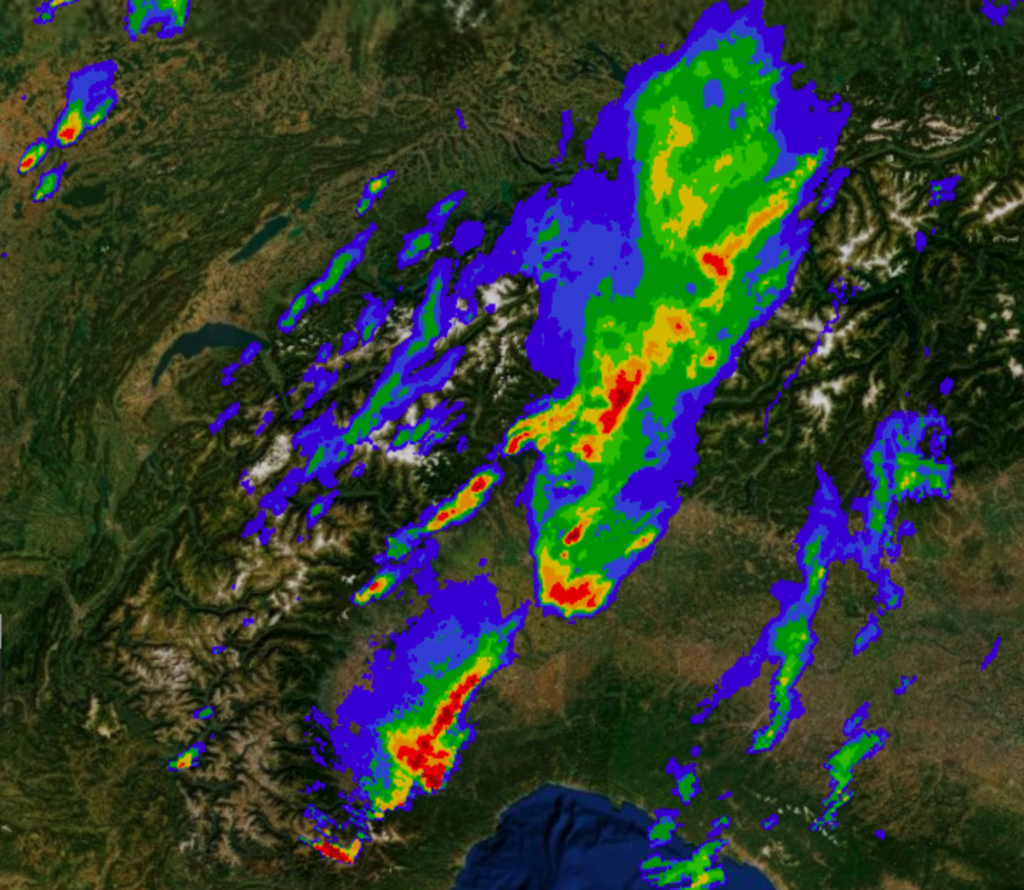Access the position, route, destination, and ETA of any passenger or large commercial vessel from the last decade
We're excited to announce that we have partnered with exactEarth to bring you AIS data for the first time on the UP42 marketplace, augmenting UP42’s diverse data offering and adding incredible value to maritime applications! The addition of AIS data enables a wide spectrum of use cases.
While traditional satellite imagery and ship detection algorithms can accurately identify vessels, AIS data provides information on those ships’ destination, ETA, and more. In addition, as AIS data only exists for registered vessels, geospatial analysts are now able to identify suspicious ships that are detected in satellite imagery but have not fulfilled mandatory AIS registration.
exactEarth’s AIS vessel tracking technology utilizes their patented decollision algorithm. This ensures that, even in highly-populated shipping areas, all vessel data is transmitted. As a result, UP42 users are able to access a decade of vessel tracking data with unparalleled accuracy.
Why choose AIS data?
AIS is a leading source of data for maritime solution providers, port operators, and ship owners alike. It offers rich information on vessels in the vicinity and enables near-real-time decisions to be made regarding port capacity, shipping routes, and much more.
Furthermore, with millions of AIS messages transmitted on a daily basis, there’s a vast opportunity for this data to be harnessed for analytics. With AIS data, a plethora of maritime use cases are enabled, including but not limited to environmental protection, port management, piracy detection, fishery monitoring, arctic maritime trend analysis, and vessel route optimization.
 Above: exactEarth’s AIS Historical Vessel Positions data block (left) and AIS Historical Vessel Tracks data block (right) of the East China Sea
Above: exactEarth’s AIS Historical Vessel Positions data block (left) and AIS Historical Vessel Tracks data block (right) of the East China Sea
 Above: An example use case of exactEarth’s Vessel Track and Historical Positions data to investigate a shipwreck that caused severe environmental damage off the coast of New Zealand. More information on this study can be found here.
Above: An example use case of exactEarth’s Vessel Track and Historical Positions data to investigate a shipwreck that caused severe environmental damage off the coast of New Zealand. More information on this study can be found here.
Key Advantages:
- Access a decade of global AIS data for rigorous training of machine learning models.
- Discover the power of AIS data when integrated with high-resolution imagery, radar data, and/or weather data for rich, actionable insights.
- Only pay for what you need - whether you are analyzing a 5km2 port of a 1,000,000km2 ocean, our pricing model will work for you.
- Integrate AIS data into your own applications with the UP42 API to build the solutions that your customers need.
exactEarth and UP42 are pleased to be able to offer UP42 users volume discounts for large AOIs. For more information, contact [email protected].
How can I get the most value out of my AIS data?
As the saying goes, the whole is greater than the sum of its parts and this certainly holds true for maritime applications in geoAI. Further value of AIS data is unlocked when married with other geospatial data and algorithms. Vessel route optimization, for example, can be radically improved through the integration of weather data into the analysis.
Beyond just logistical use cases, many maritime use cases can be explored by harnessing AIS data in conjunction with EO data and algorithms. For example, one of our newest partners, osir.io, offers a ship detection algorithm using freely available Sentinel-1 (radar) data, helping you to isolate ships of a certain size and validate their respective locations.
 Above: A port management use case in the port of Rotterdam, Netherlands, the largest seaport in Europe, using Sentinel-1 radar data and the ship detection processing block by osir.io.
Above: A port management use case in the port of Rotterdam, Netherlands, the largest seaport in Europe, using Sentinel-1 radar data and the ship detection processing block by osir.io.
Airbus offers a ship detection algorithm which requires high-resolution optical imagery rather than radar and is suitable for similar use cases. When paired with UP42’s ship identification algorithm, highly-valuable intelligence can be derived, as depicted below.
 Above: A workflow to explore maritime use cases with optical EO imagery and processing blocks from both UP42 and Airbus.
Above: A workflow to explore maritime use cases with optical EO imagery and processing blocks from both UP42 and Airbus.
How do I access AIS data?
exactEarth requires user authorization to be able to access these new data blocks. However, the access request process is seamless in the UP42 marketplace. At the click of a button, users are able to submit an access request and get a timely response before they can freely consume their AIS data. Note that some categories of users are excluded from accessing this data via UP42 and may be denied access; more information can be found on the respective block cards or by contacting [email protected].
Ready to get started?
Don't have an account yet? No problem. If you're interested in working with geospatial data or are already a geospatial expert, you can sign up on UP42 for free!




